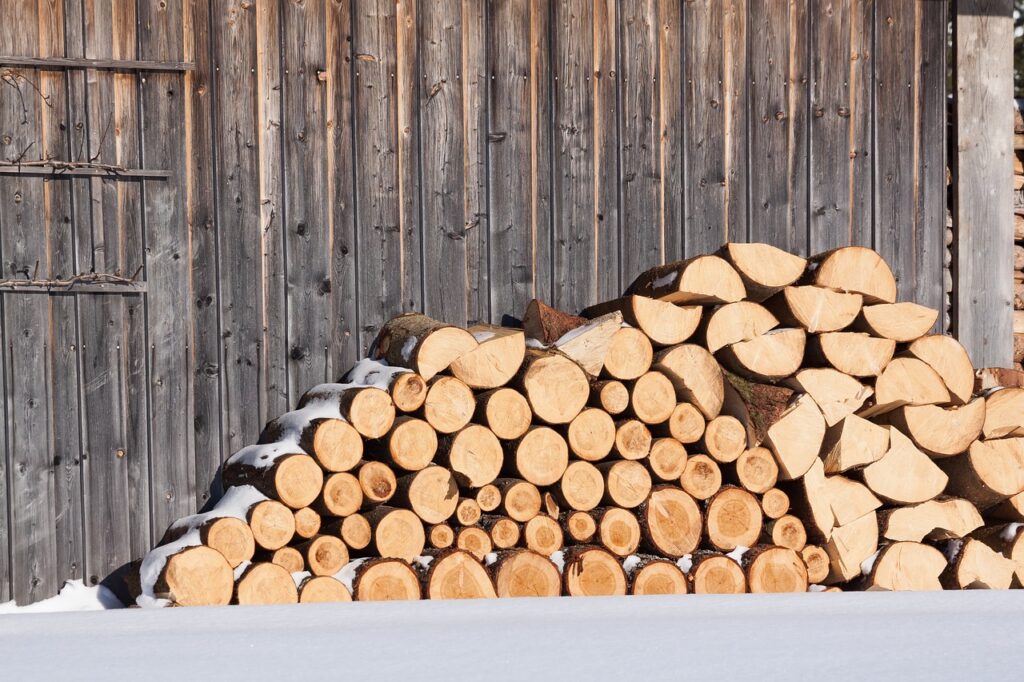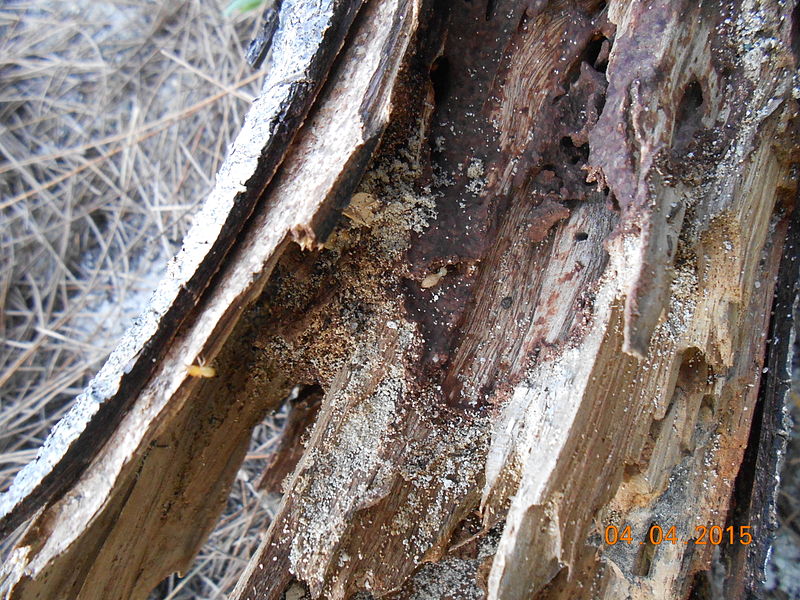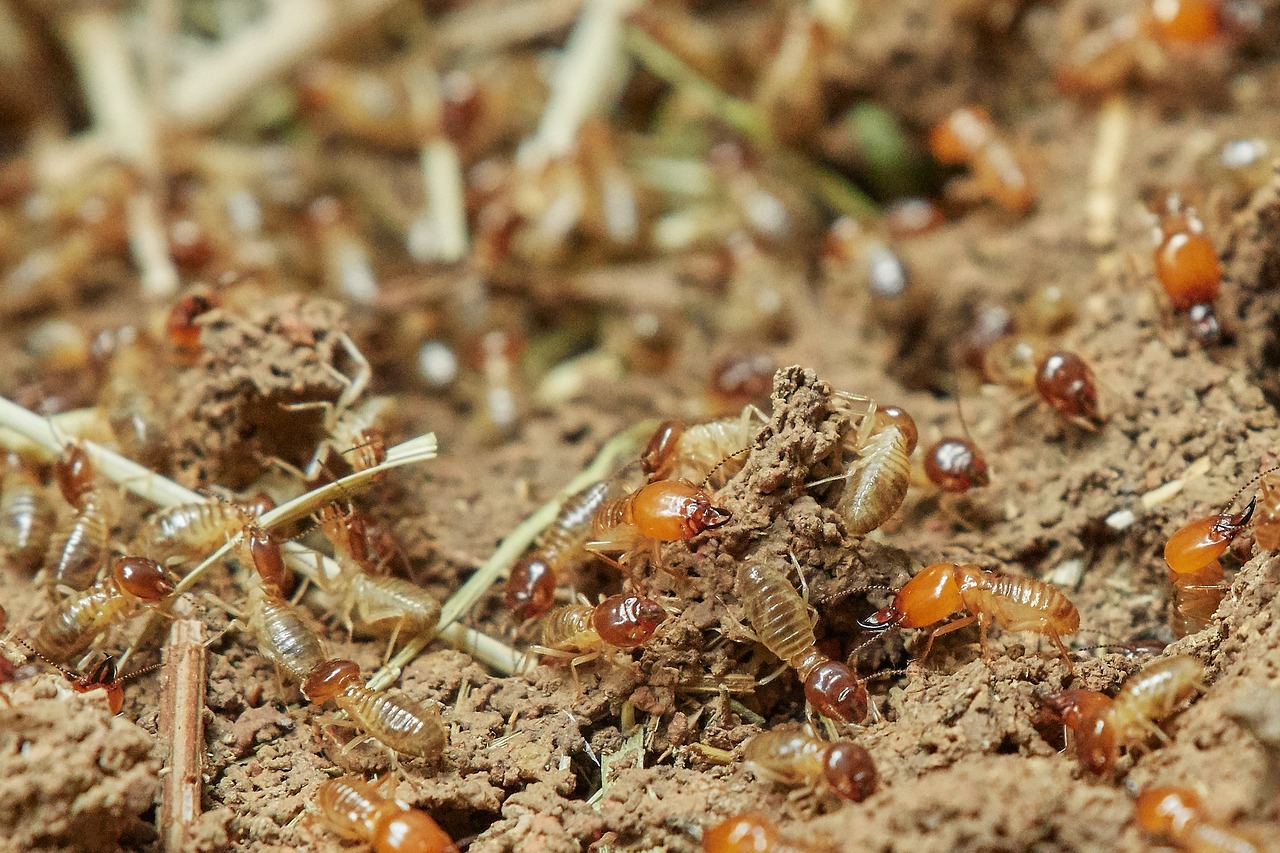When you think about home pests, termites may not be the first ones that come into your mind. Cockroaches and rats are more likely to be the ones you think of first, but you shouldn’t underestimate termites, considering that they cause billions in property damage every year.
Prevention will always be better than cure. Here are ways to prevent a termite infestation in your home.
1. Eliminate or reduce moisture
Termites find moisture attractive. So, if your home is consistently moist, you are increasing your risk of getting a termite infestation. This is especially true if the moist part of your home is somewhere near the ground, like basements, crawl spaces, and foundations.
Keep your home as dry as possible to prevent a termite infestation. Here are some things you can do to eliminate or reduce moisture around your home.
- Make sure your gutters, downspouts, and splash blocks are working properly. If these things are not working properly, they may accumulate water and debris. They will make your home moist and attractive not just to termites, but also to other pests such as mosquitoes.
- Install vapor barriers. Vapor barriers are materials, usually in the form of plastic or foil sheets, that are used to protect your home from moisture. They are great for the parts of your home that are often subject to the elements, like crawl spaces and roofs.
- Use a dehumidifier. These appliances are great to control humidity and moisture in your home. They are not just reserved for basements and crawl spaces. You can use them in your living room and other frequented places in your home too.
2. Be wary of wooden materials and structures
This will not come as a surprise to you – termites eat wood. So, where there is wood, there is the possibility of a termite infestation. It’s not always easy to be mindful of wooden materials and structures, especially for homes primarily built with wood. But there are things you can do to minimize the risk of attracting termites.
- Avoid wood to ground contact. You can suffer from a termite infestation if the wooden components of your home are in direct contact with soil. If you can’t DIY your way out of this problem, you can get the help of home services or pest control professionals to minimize your risk of an infestation.
- Throw away wooden debris. If you have no use for the wooden debris stockpiling in your garden, lawn, or yard, consider throwing them away. They may attract termites. For useful wooden debris like cardboard boxes, firewood, and lumber, consider storing them in a place where they are at a safe distance from the wooden structures of your home.
- Repair rotting wooden structures. Wood isn’t exactly the sturdiest of materials. They can rot when they are exposed to the elements. Take a look at your exposed wooden structures, such as your fascia boards, soffits, and wooden shingles. If they are rotting, make the necessary repairs.

3. Repair leaks
Indeed, moisture is a great attractor of termites. But even if you make the necessary arrangements to eliminate or reduce moisture, your home can still be moist because of drainage and plumbing problems. Leaks are particularly problematic. You should repair these leaks to prevent a termite infestation.
- Give particular attention to basements and crawl spaces. Sure, you should look for leaks all throughout your home. But you should focus your search on the parts of your home that are near the ground, like your basement or crawl space.
- Don’t disregard air conditioning leaks. When it comes to leaks, the first things that come into your mind are drainage and plumbing problems. But leaks can come from anywhere, including your air conditioning units.
- Make sure you are directing water away from your home. Properly working gutters, downspouts, and splash blocks are useless if you don’t direct them away from your home. If the water from them is not disposed of properly, they can make your property moister and more susceptible to a termite infestation.
4. Look out for the warning signs
If you control your home’s moisture and take care of your wooden materials and structures, you can effectively prevent a termite infestation in your home. But termites are industrious and relentless. They may still find their way into your home. So, you better be on the lookout for the warning signs for termites. If you see these signs, act immediately so the termites will not be able to thrive near you.
- Beware of mud tubes. If you see lumps of debris and soil that look like tunnels, it’s time to be worried. These are mud tubes termites build to connect their colony to the wood they consume. Getting rid of the mud tubes won’t solve your termite problem because they are just bridges. But it’s a good start.
- Search for hollow wood. Termites eat wood from the inside. If you suspect that your home has termites, search for hollow wood that they are consuming. Some hollow woods are easy to spot because of their rugged look, but some are also hard to see because they look normal from the outside. If a piece of wood has narrow lines or sunken areas, it’s likely hollow.
- Don’t disregard stiff doors and windows. Moisture can warp wood and make your doors and windows awkward-fitting and stiff. But moisture doesn’t just come from the weather. It can also come from termites. If you have such doors and windows, consider the possibility that there are termites in your home and act accordingly.

5. Get the help of professional pest controllers
Sure, there are DIY methods you can do to prevent a termite infestation. But nothing beats professional help. You can hire professional pest controllers to safeguard your home from various pests such as termites. To ensure the legitimacy of the controllers, make sure they are part of a pest control community, like the National Pest Management Association.
- Protect your home with termiticide. If you hire professional pest controllers, they will probably use termiticide around your home to prevent a termite infestation. This is a great investment, especially if your home has never been treated with termiticide before.
- Have regular termite inspections. It is ideal to get termite inspections once a year. It’s a good thing that these pest controllers don’t just exterminate termites. They can also diagnose or inspect your home for termite problems.
- Ask them to recommend preventive measures. Pest controllers don’t just spray insecticide and call it a day. They have a deep understanding of the pests that can trouble your home. When you are getting their services, try to ask them to recommend some DIY techniques to further termite-proof your property.

